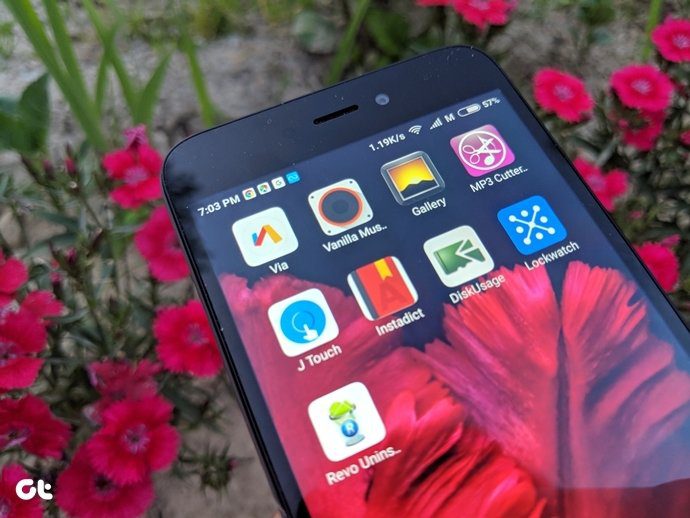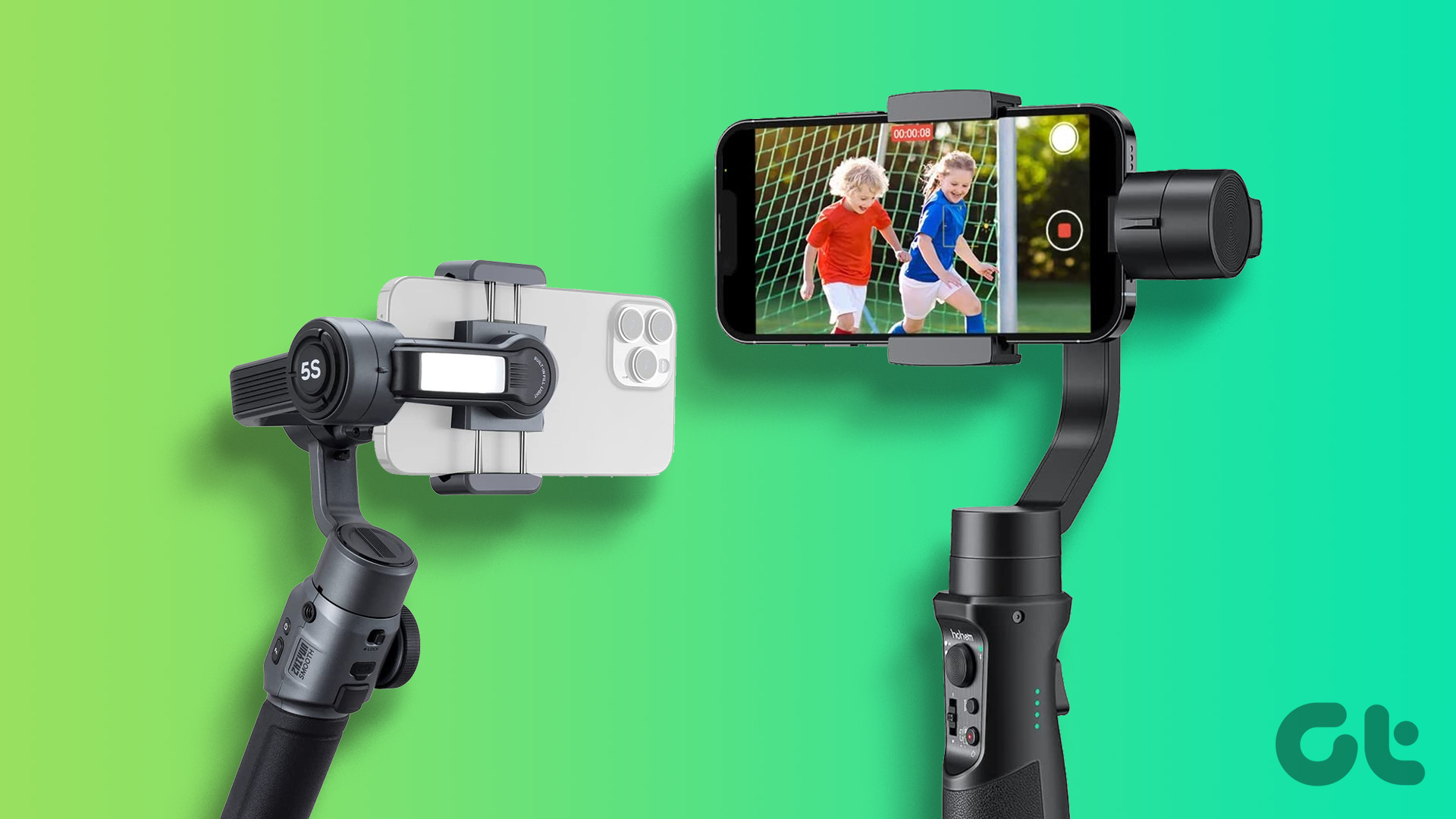Before we proceed, I want to clarify that Google regularly releases Android Security update patches for most smartphones. Those patches safeguard your phones from most nefarious vulnerabilities. However, what if your phone maker is yet to release that update? What if your phone behaves randomly? Well, that’s what we are going to answer in this post today. So, without further ado, let’s get started.
What Are Viruses and Should You Be Worried
The PC user in you must already know that computers often face virus attacks. Such attacks are dangerous and frustrating as Overwrite Viruses that delete the content of infected files. Or, there are some like Direct Action viruses that install themselves on a computer (and refuses to budge). And naturally, these viruses are difficult to spot. What makes the matter worse is that before the infection can be eradicated, these programs replicate. In a nutshell, a virus can damage or change the data of your computer. Of course, that’s not the whole story, but you get the gist. But over the years, the definition of viruses has slowly blurred, although the technical definition remains the same. For the common man, a virus can include any kinds of nefarious programs such as spyware, ransomware, malware. Technically speaking, malware is not a virus. Instead, they are programs that are built specifically to damage, or gain unauthorized access to a computer. That is done stealing account passwords, downloading unauthorized malicious programs to your system, or tracking your location and activity. Creepy and discomforting.
Can My Smartphone Get a Virus
Technically speaking, there are no cases of viruses infecting Android phones or iOS devices. No instances of phone programs replicating like PC viruses have been reported widely. In the case of iOS devices, the iOS is designed to limit access to the core functionality, and a lot of apps work mostly in a sandbox-mode without gaining access to the core functions. However, the jailbroken or rooted phones often leave the floodgates open for any suspicious app to hijack and infect the device. That is made possible by sneakily getting more permissions for apps and other programs than they should get. The bottom line is, technically, your phone can’t get a virus. But you’d be surprised to know that there have been multiple instances of malware on Android and iOS devices. Right from reading your messages to monitoring your calls or scamming people to give unnecessary permissions, malware is capable of many malicious things. And yeah, that run-of-the-mill pop-up ad that you see on your phone lock screen is also capable of injecting malware on your phone. In fact, adware is the most rampant among phones. That is happening since they are easily distributable and don’t need sophisticated hacking techniques. Attackers can lace apps with adware, and all you need to do is download them to your phones. The worst thing is that sometimes these ads do not even run on the foreground. Yep, you read that right. They happily run in the background, eating your phone’s battery and network data. If we were to go by Malwarebytes’ data, adware ranked as the most prevalent type of consumer malware in 2018. And one of the most recent strain was Agent Smith, which affected nearly 25 million Android devices. It infiltrated the Google Play Store and hid in 11 apps.
How to Determine If Your Smartphone Has Malware
Overheating and Poor Battery life
Is your phone heating up more then it should? Or, is the battery getting over sooner than you expected? If the answer is yes, it’s time you inspect your phone a bit closer. Go through the apps list on your phone to determine if there’s an app that you may not have installed. To analyze the battery usage, go to your phone’s settings, and search for Battery. Next, tap on the button that says View Detailed Usage, and see which app has been guzzling the most battery. If you haven’t used that app as per the stats, then it’s time to remove them.
Increased Data Usage
Are you getting an inflated data usage and unexplained calls or messages? Most malware uses the internet in the background to pass information from your phone or to run ads. If you see an unexplained spike in data usage, it might be a sign. To check the data usage of individual apps, go to Settings > Wifi & Internet > Data Usage and tap on Cellular data usage.
Excessive App Crashes
Usually, apps crash if they are not updated to the latest version. Also, if the app is not optimized for the phone, it can start crashing randomly. But if you can rule out these two causes, you might be looking for something funny going on.
Ads, Ads and More Ads
Last but not least, the moment you get a pop-up ad on your cellphone, start the scrutiny of apps. The clever way to determine is to check the last few installed apps. Once you determine the source, uninstall those apps without wasting a second. Also, it doesn’t just have to be ads displaying at random times of the day. Even if you notice ads while opening a popular app like WhatsApp or Twitter, it’s time to take the phone under a microscope. At the time of writing, neither WhatsApp nor Twitter serves ads.
How to Stay Safe
1. Update the Phone Software
Do you keep update your phone regularly? If no, it’s time you do that. Phone OTA updates bring new or modified features, and also make sure that your phone is updated with the latest security patch. To find the Android security patch level of your phone, navigate to Settings > About phone and tap on the card that says Android security patch level. Here, you can check for the date of your device’s latest security patch. If you see an old date, head over to Settings > System and System Updates to check for any pending updates.
2. Use Approved Apps Only
Firstly, download whichever apps you need and not more than that. Secondly, we strongly recommended that you use the official app stores to download apps. At the same time, do keep in mind that downloading solely from Google Play Store is not a foolproof plan. In April 2019, researchers found 50 adware-ridden apps in Google Play alone. And the bad news is those apps were downloaded over 30 million times already. So, when you do install apps from the Play Store, do a double-check on the app’s legitimacy. An app that says Twitter but spells Tweeter is something you want to stay away from. And if we were to go by patterns, most malicious codes are found in photo editing apps, wallpaper apps, and fitness apps.
Get the Control Back
In today’s world, security is of paramount importance. So, if you are not too careful with it, you can become vulnerable to remote attacks and lose data or in worse scenarios, even money. So we advise you exercise strong control and stay vigilant when it comes to installing apps or pop-up ads randomly showing up on your phones. Next up: Worried that your phone has been hacked? Read the following post to learn about ways of protecting your phone from such attacks. The above article may contain affiliate links which help support Guiding Tech. However, it does not affect our editorial integrity. The content remains unbiased and authentic.






















